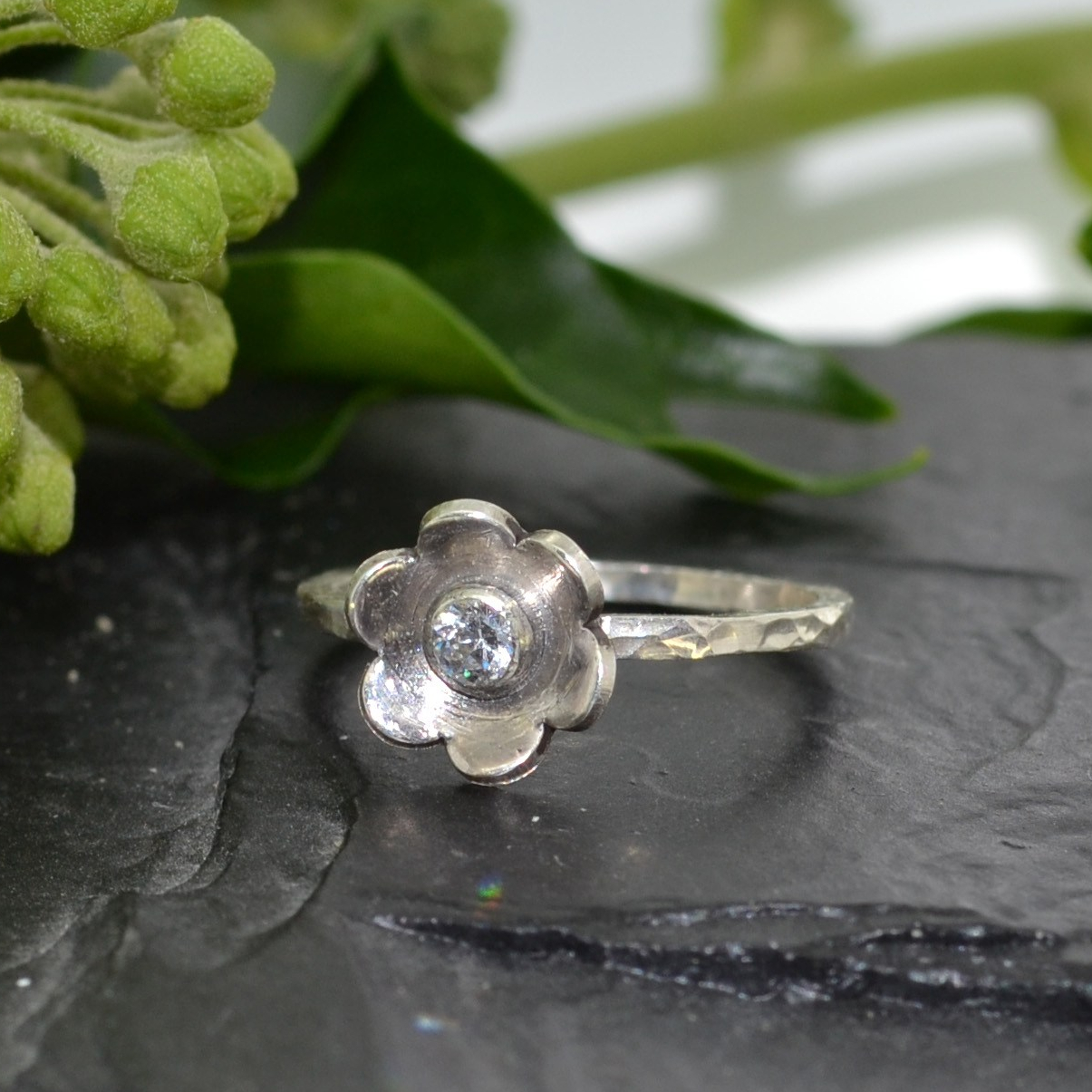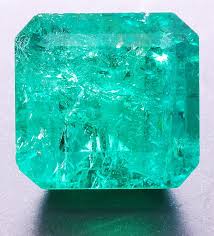
To keep your jewellery pieces looking their best, occasionally you will need to give them a clean to remove the build-up of oils and dirt from daily wear. Caring for jewellery is pretty straight forward, but there are a few things to consider.
Basic Care
- Avoid showering, washing dishes, swimming etc. with your jewellery on as the soaps and chemicals may leave a layer of film on the gems and metals which promote tarnishing.
- Sterling Silver (.925) jewellery will tarnish less if you wear it often. The rubbing of the jewellery against your skin will help to rub off any tarnish.
- When not wearing your jewellery, store it in an airtight container. Tarnish is essentially a chemical reaction of the alloys in Sterling Silver to the air. So keeping it sealed in an airtight container will slow down this process, though it won’t eliminate it entirely. If you can get your hands on anti-tarnish strips, drop one of those into the container as well as it will give an extra bit of protection.
- The same applies to gold less than14ct as the alloys will react with air and you may notice tarnishing over time.
- Fine Silver (.999) and 18ct or higher gold is generally tarnish resistant and a wipe with an anti-tarnish cloth should restore its lustre.
- Anti-tarnish cloths are also great for quick touch-ups and you can store them with your jewellery to help protect them from excessive tarnish.
- Be aware that gemstones may need special care depending on their specific characteristics. For example, Pearls or Opals should never be put into an ultrasonic cleaner, or cleaned with chemicals as they can be easily damaged by those methods. Instead, after wearing them, wipe with a soft cloth to remove excessive skin oils and store in a cloth pouch to protect them from dings and scratches from other jewellery.
Cleaning
The safest way to clean your jewellery:
- A soft brush (like a toothbrush) and warm soapy water (dish liquid, mild soap) on most pieces of jewellery works a treat. Lightly brush the item in the soapy water then rinse and dry thoroughly.
- Specially formulated jewellery cleaners are also good. But read instructions carefully. And if can avoid chemicals, do.
- For pearls, opals and other organic gems such coral or amber, wipe with a lint free cloth after wearing to remove any excess skin oils. Store in a separate pouch to protect them.
Tarnish
- Silver is a soft metal and is usually alloyed (combined) with other metals to make it stronger. Most silver jewellery is Sterling Silver, which is made from 92.5% Silver (.925) and 7.5% other metal, usually copper or zinc. It is these other metals that react with sulfur dioxide in the air to form tarnish.
- As mentioned above, keeping your jewellery in an air tight container will help keep tarnish at bay. However, over time silver will tarnish so…
- For touch ups, an anti tarnish cloth is perfect. For more stubborn tarnish you may want to resort to a chemical cleaner or dip (I’m not a fan of chemical cleaners, but sometimes they are the only thing that will work). But beware of chemicals on jewellery with gemstones.
- My favourite way to clean tarnish from silver or gold is simple but very effective. I use this especially for silver chains. This is what you need:
- A glass bowl, a piece of aluminium foil, soda (washing) crystals and hot water.
- Place the foil in the bowl, shiny side up, drop your silver or gold onto the foil, add a couple of tablespoons of washing crystals and pour on boiling water. A reaction will take place where the tarnish on the silver moves to the aluminium and within a few minutes, your silver is refreshed! For heavily tarnished items you may need to repeat the process.
- Note: do not use this method if your jewellery has special finishes e.g. oxidised/blackened/antiqued. Also be careful with gemstones that are heat treated or included.
Ultrasonic cleaners:
Ultrasonic cleaners work by creating tiny waves in the water/cleaning solution that in turn create millions of tiny bubbles (cavitation). These bubbles collapse with huge force which in turn knocks off dirt and oils from the jewellery piece.
- Ultrasonic cleaners are very effective for general cleaning of precious metals such as gold, silver or platinum and stainless steel. They are able to get into the tiny crevices of rings and chains to dislodge dirt and grime.
- In general diamonds, rubies and sapphires that are not included* will be fine in an

Included Emeralds should never be put in the ultrasonic cleaner ultrasonic. However emeralds or other heavily included stones as well as gemstones with perfect cleavage should never be placed in an ultrasonic.
- Heat treated gems may not be suited to a heated ultrasonic cleaner as their colour may be affected E.g London blue topaz, tanzanites
- Soft gemstones like lapis lazuli, turquoise, opals etc should not be put in the ultrasonic.
- Organic gemstones such as pearls, coral, amber or ivory, should never be placed in an ultrasonic cleaner
- Basically, if you are not sure of the gemstone, don’t put it in the ultrasonic.
- It’s also worth noting that an ultrasonic cleaner will not clean tarnish.
And finally
Hopefully I haven’t been too confusing about caring for your jewellery. The general rule of thumb, when in doubt, use warm soapy water and a toothbrush or a soft cloth, to clean your jewellery, especially gemstones.
Your jewellery will look beautiful and refreshed and you’ll get many more years of wear from it.
Thanks for reading!
*an inclusion is a flaw in a gemstone. it might be crystals, liquid or gas bubbles, or fractures within or on surface of the stone.